Leave No Trace: Responsible Hammock Camping Practices
Hammock camping offers outdoor enthusiasts an incredible way to connect with nature. The gentle sway of the hammock, the rustling leaves, and the feeling of being suspended in the great outdoors can make for a magical experience. However, with this unique camping method comes the responsibility of minimizing our impact on the environment. Leave No Trace (LNT) principles are especially crucial for hammock campers to ensure that we preserve the natural beauty of our outdoor spaces. In this guide, we'll explore the importance of practicing Leave No Trace principles while hammock camping and provide guidelines for minimizing environmental impact.

Why Leave No Trace Matters
Leave No Trace is a set of seven principles designed to promote responsible outdoor ethics. These principles aim to protect the environment, wildlife, and other people's enjoyment of natural spaces. Hammock campers, just like hikers and backpackers, should adhere to these principles to ensure that our presence doesn't harm the places we cherish.
1. Plan Ahead and Prepare
Before embarking on a hammock camping trip, thorough planning is essential. Research your chosen camping area and find out about any regulations or restrictions. Check the weather forecast and have a backup plan in case conditions become unsafe. Adequate preparation helps reduce the chances of needing to make unplanned alterations to your campsite, minimizing your impact.
2. Choose Your Campsite Wisely
Selecting an appropriate campsite is a critical aspect of responsible hammock camping. When setting up your hammock, avoid damaging or disturbing vegetation. Opt for durable surfaces like established campsites or areas with gravel or sand. Position your hammock at least 200 feet from lakes and streams to protect aquatic ecosystems.
3. Dispose of Waste Properly
One of the key Leave No Trace principles is proper waste disposal. Hammock campers should carry out all trash, including food scraps, and dispose of it in designated receptacles. If no facilities are available, practice the "pack it in, pack it out" mantra by bringing all waste home with you.
4. Leave What You Find
Minimize your impact on the natural environment by leaving natural and cultural features undisturbed. Don't carve into trees or remove bark to hang your hammock; instead, use tree-friendly straps or suspension systems designed for hammock camping. Avoid altering fire rings or digging trenches, and leave rocks, plants, and historical or cultural artifacts as you found them.

5. Minimize Campfire Impact
Campfires and hammock camping often don't mix well. Many areas have fire restrictions due to the potential for forest fires. Always check for fire regulations and, if fires are allowed, use established fire rings and keep fires small. Better yet, consider using a portable camp stove for cooking.
6. Respect Wildlife
Wildlife encounters are one of the joys of outdoor camping. However, it's crucial to observe animals from a distance and not feed them. Feeding wildlife can disrupt their natural behaviors and even endanger their health. Store food securely to prevent attracting animals to your campsite.
7. Be Considerate of Other Visitors
Part of Leave No Trace is being mindful of the experiences of others. Keep noise levels down, yield the trail to other hikers or campers, and maintain a friendly and respectful attitude. Share popular hammock camping spots, and be willing to move if you find yourself in a crowded area.
Additional Tips for Responsible Hammock Camping
In addition to the core Leave No Trace principles, here are some specific tips for hammock campers:
- Use tree straps: Invest in wide tree straps designed for hammock camping. They distribute weight more evenly, reducing damage to tree bark.
- Practice "Ghost Camping": Leave your campsite in better condition than you found it. Remove any evidence of your presence, so the next camper will feel as if they're the first to discover the spot.
- Use biodegradable soap: If you need to clean cookware or yourself, use biodegradable soap and do so at least 200 feet away from water sources.
- Hammock-friendly campsites: Choose campgrounds that welcome hammock camping or obtain permission from landowners if you're in a less regulated area.
- Educate fellow campers: Share Leave No Trace principles with fellow hammock campers and encourage responsible practices.
By adhering to Leave No Trace principles and following these tips, hammock campers can help preserve the natural beauty of our outdoor spaces for future generations. Responsible hammock camping allows us to enjoy nature's splendor while ensuring that it remains unspoiled for others to discover and appreciate.

Remember, when we practice Leave No Trace, we not only protect the environment but also create a more enjoyable experience for ourselves and fellow outdoor enthusiasts. So, next time you embark on a hammock camping adventure, take a moment to consider the principles of Leave No Trace and leave the wilderness as pristine as you found it.


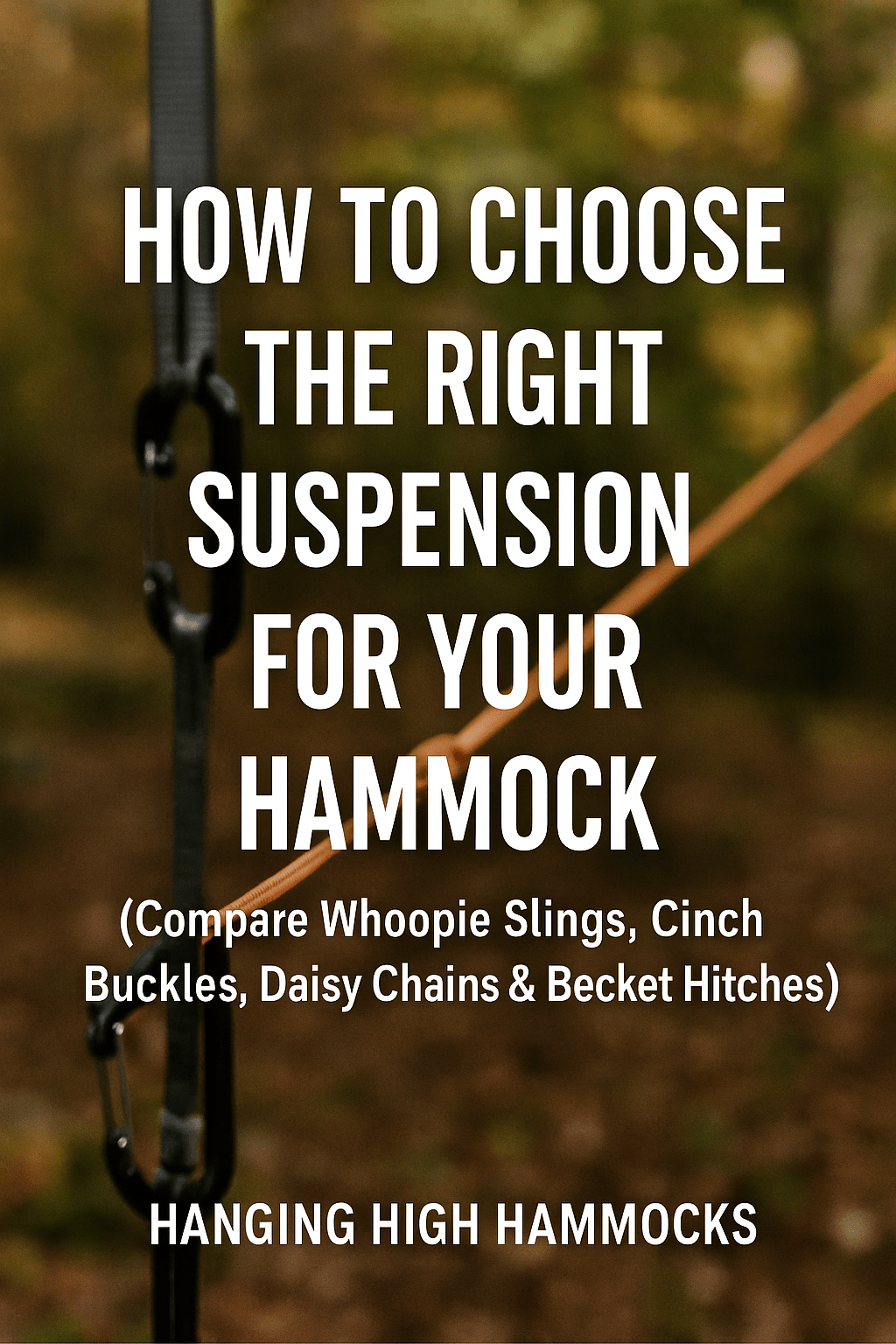

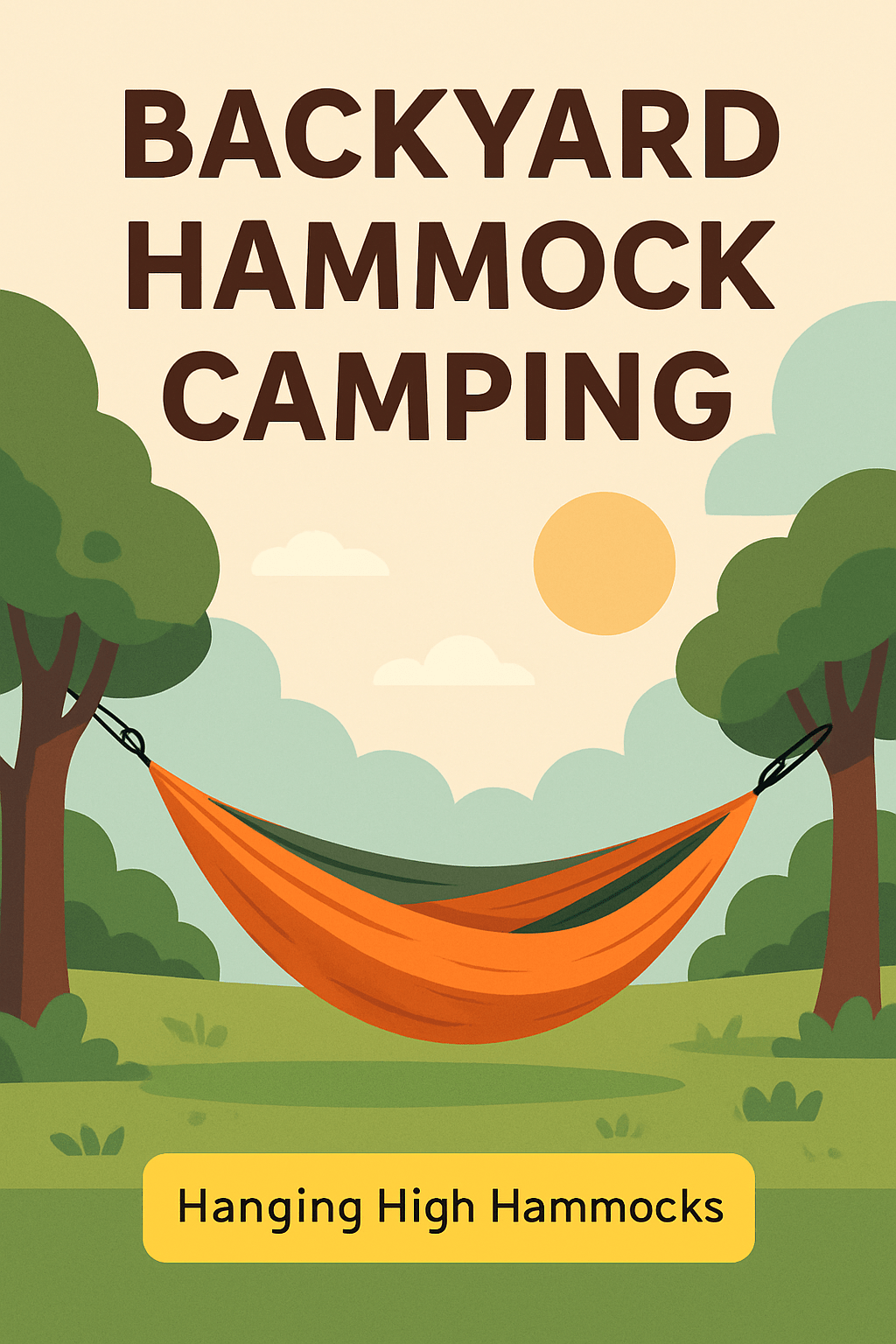
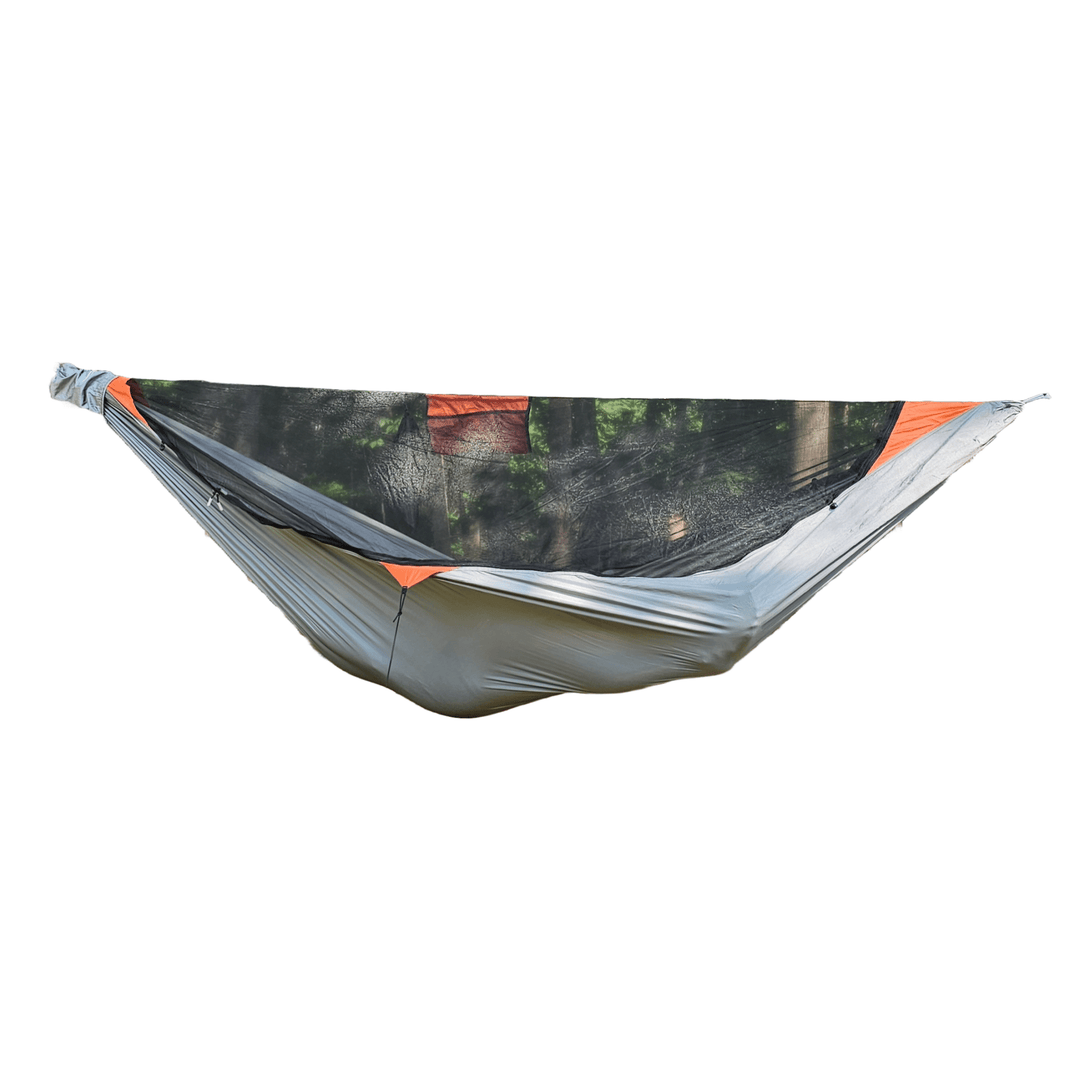
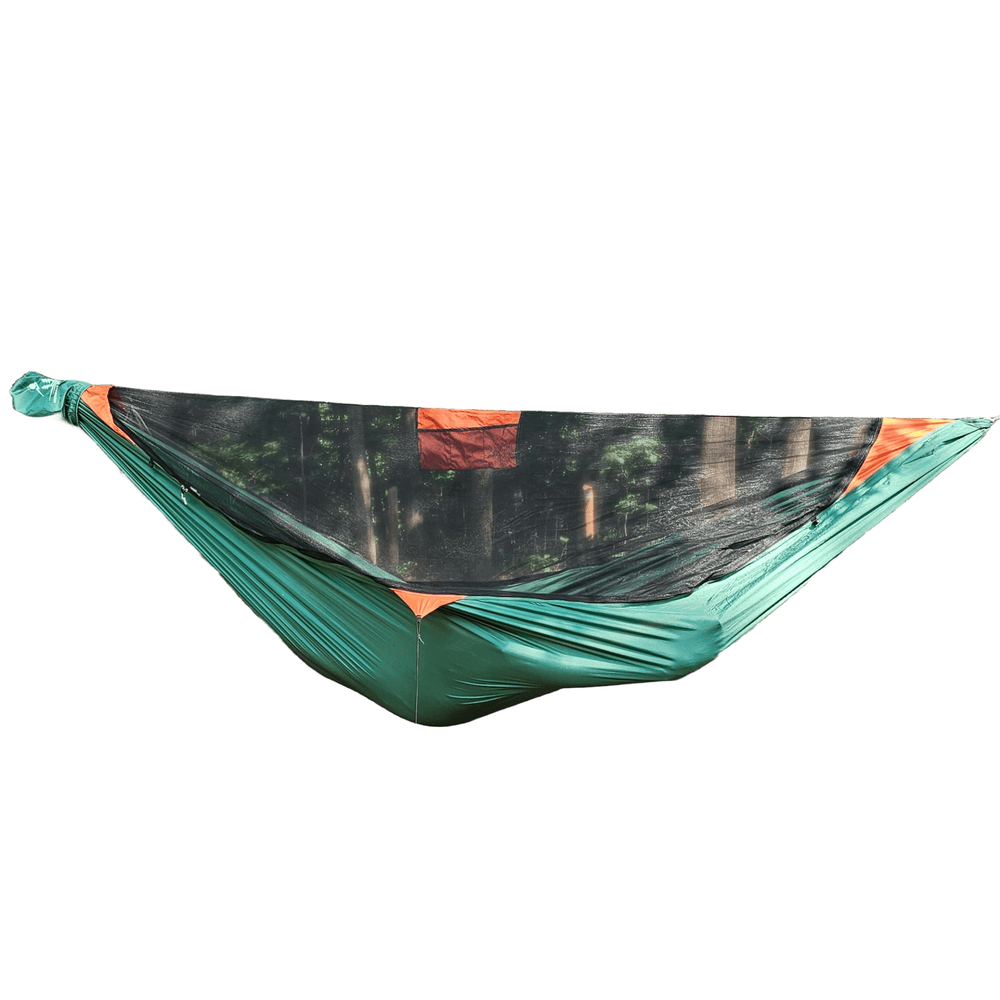
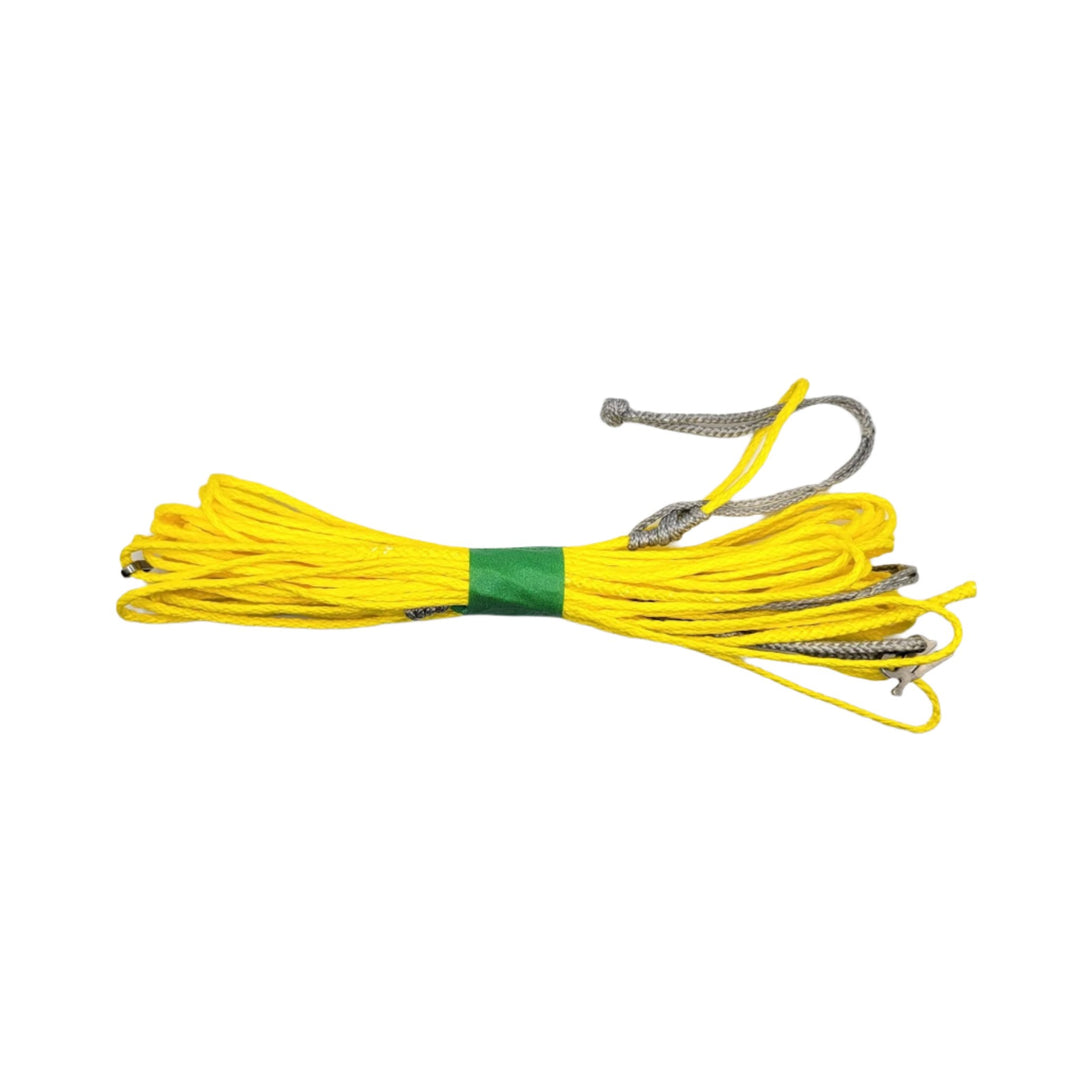
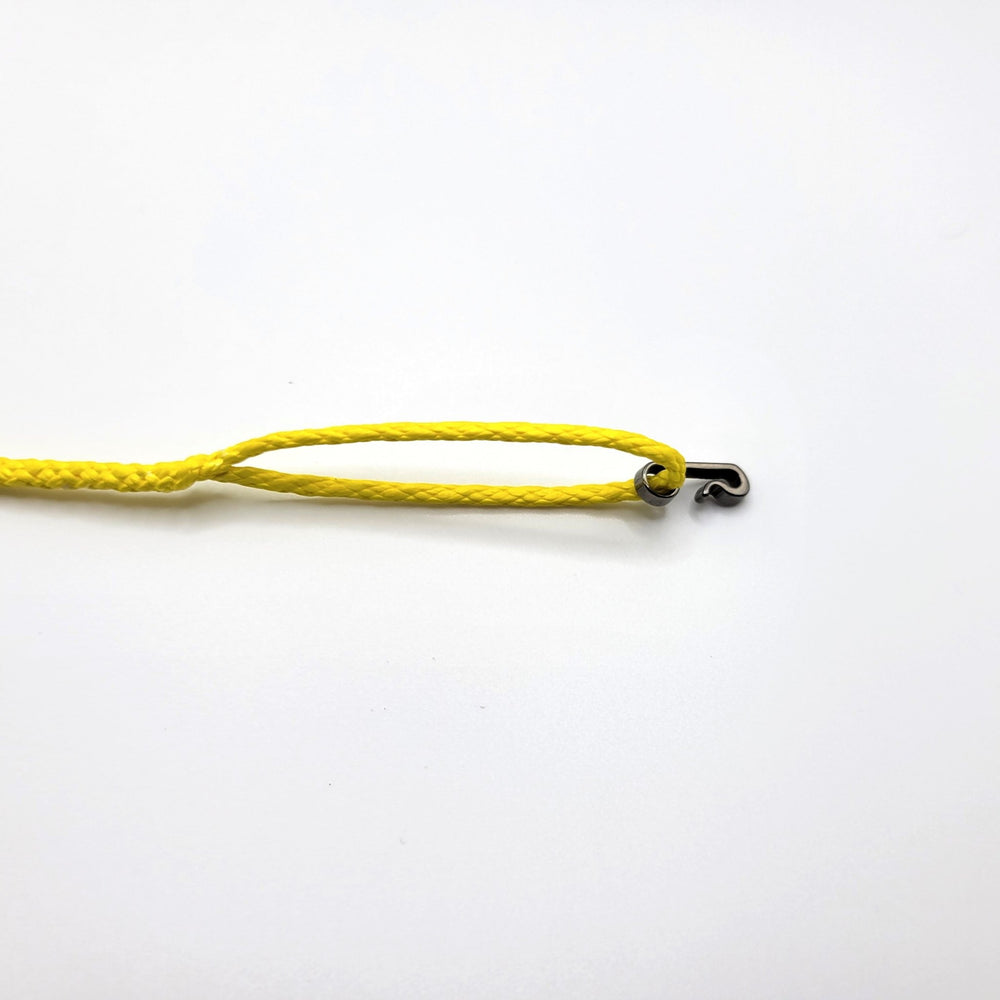
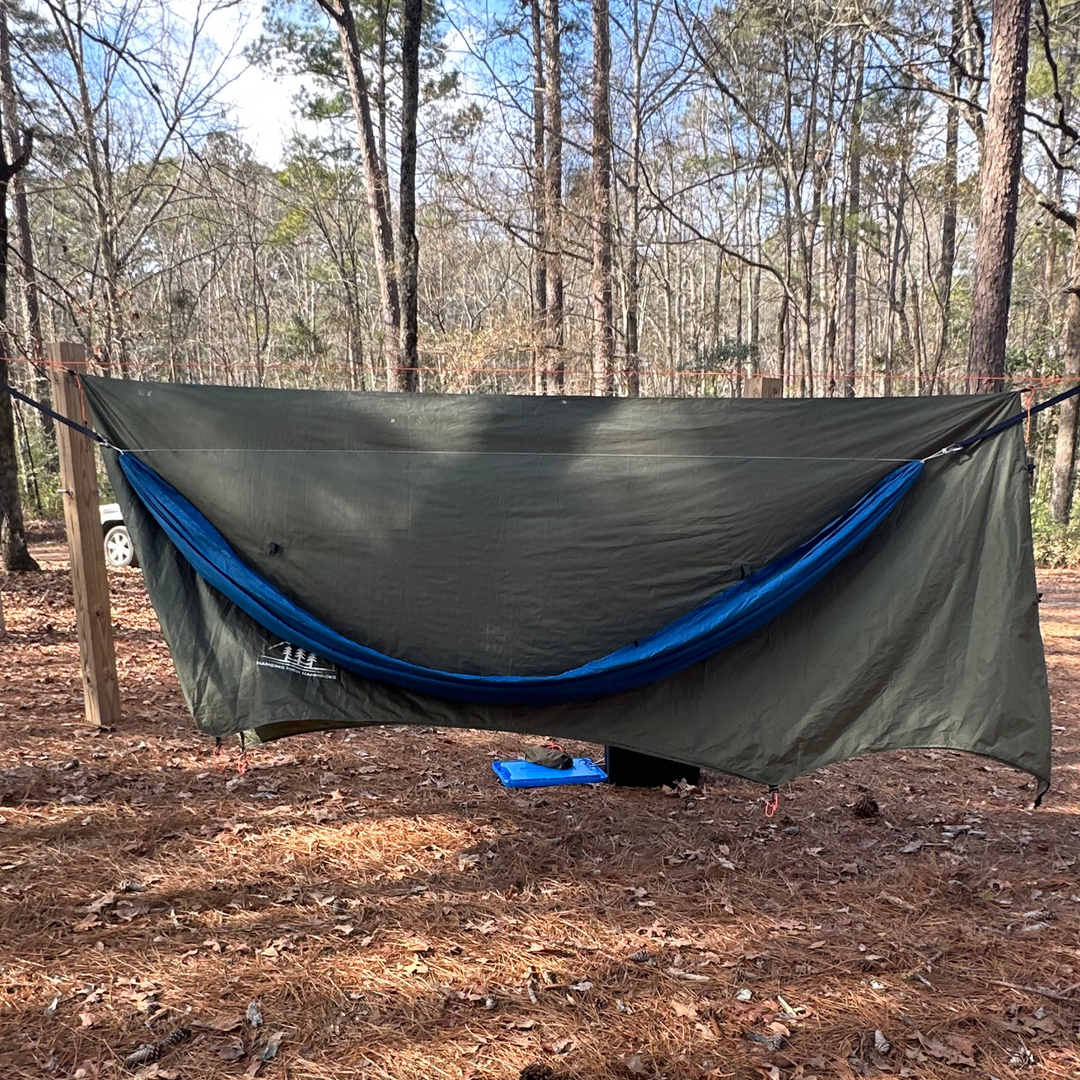
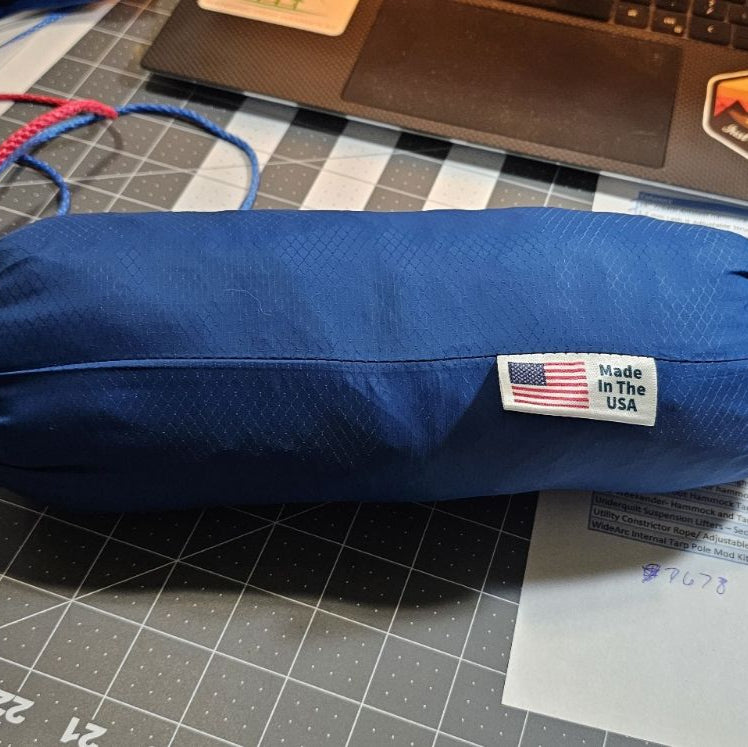
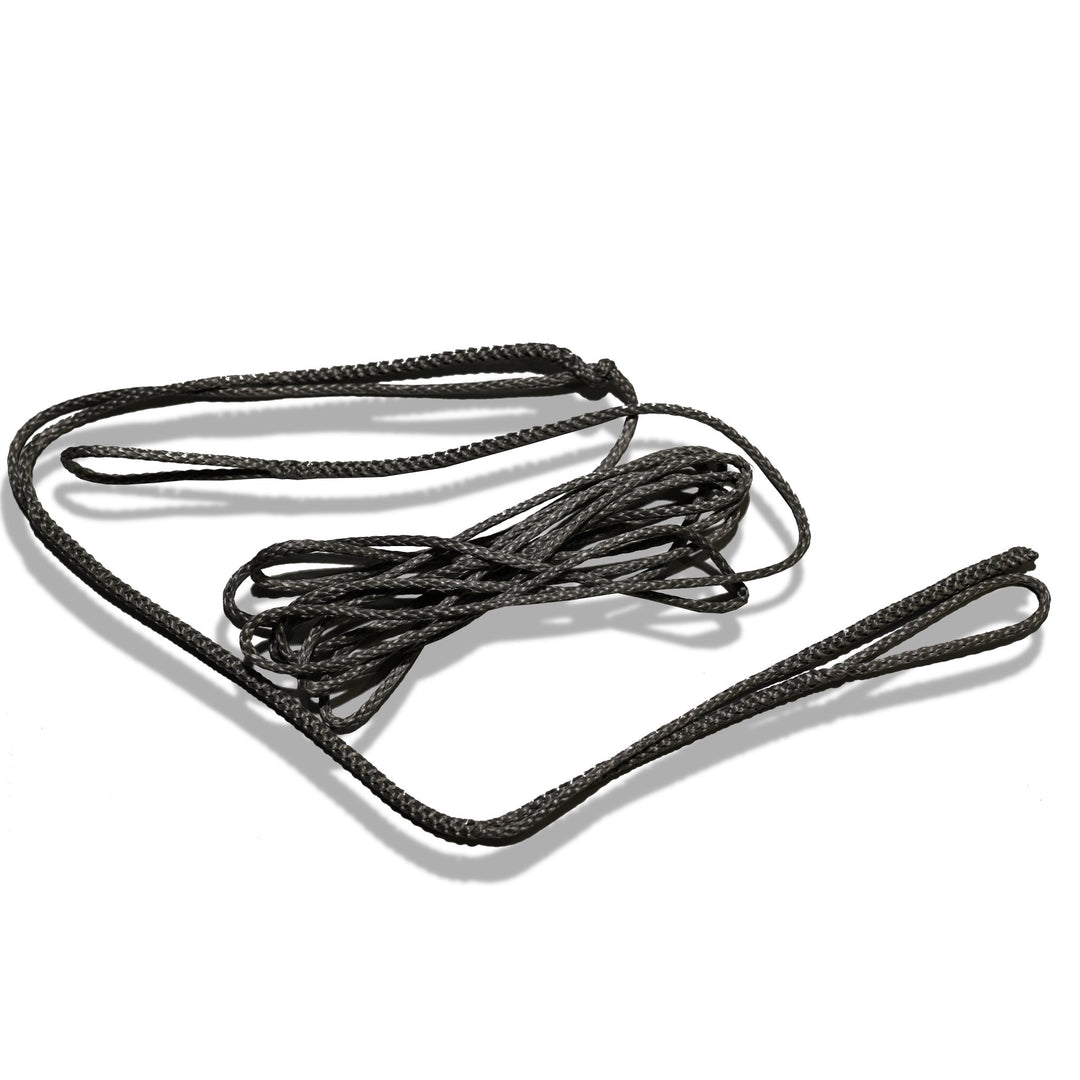
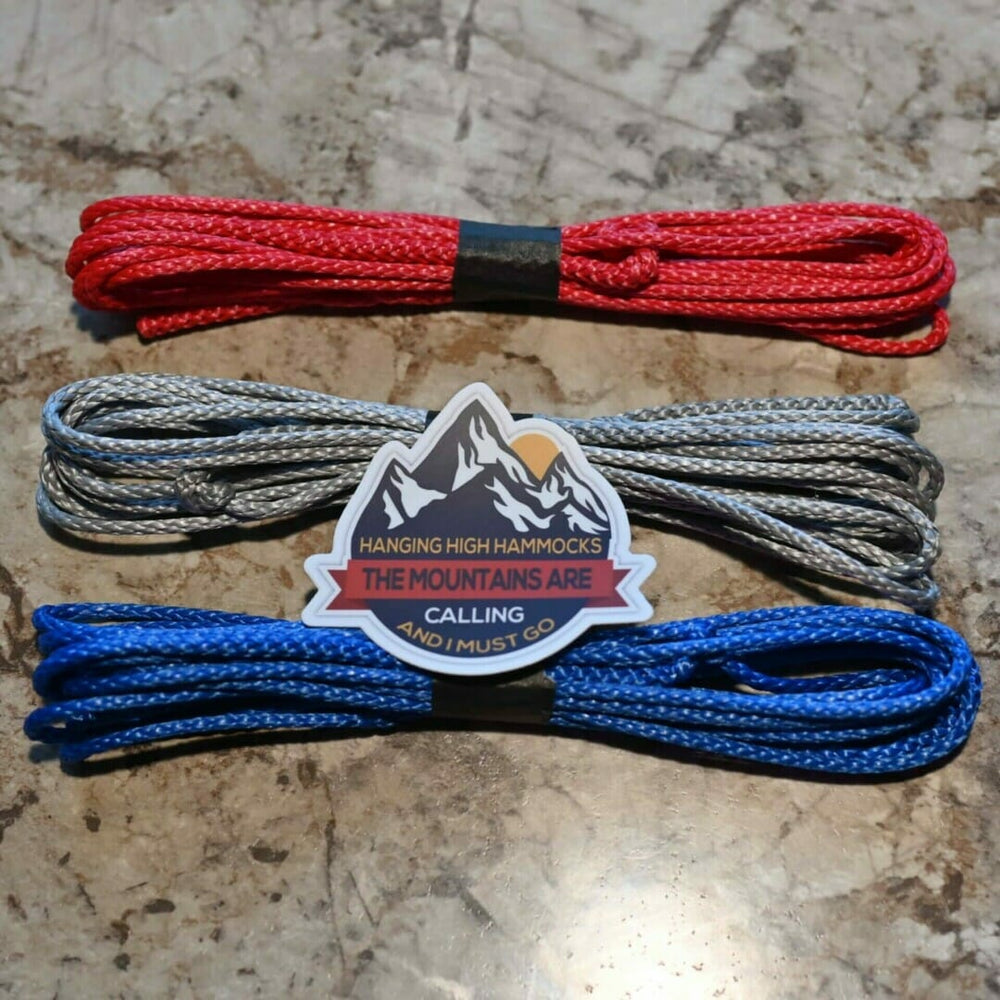
Leave a comment